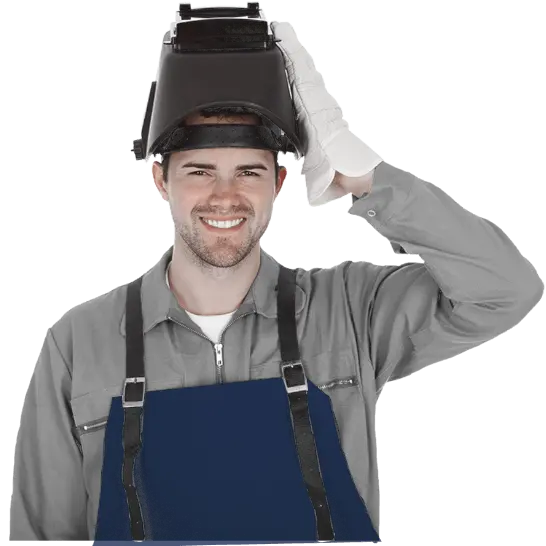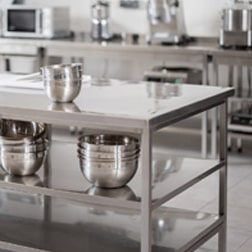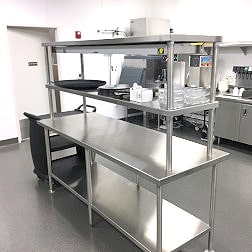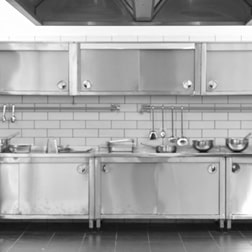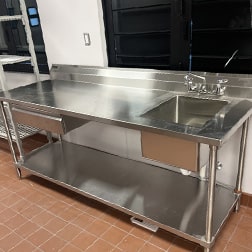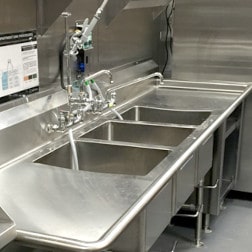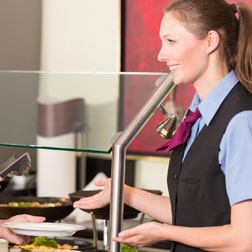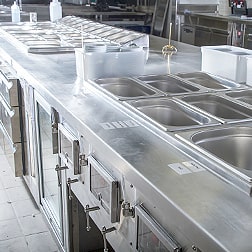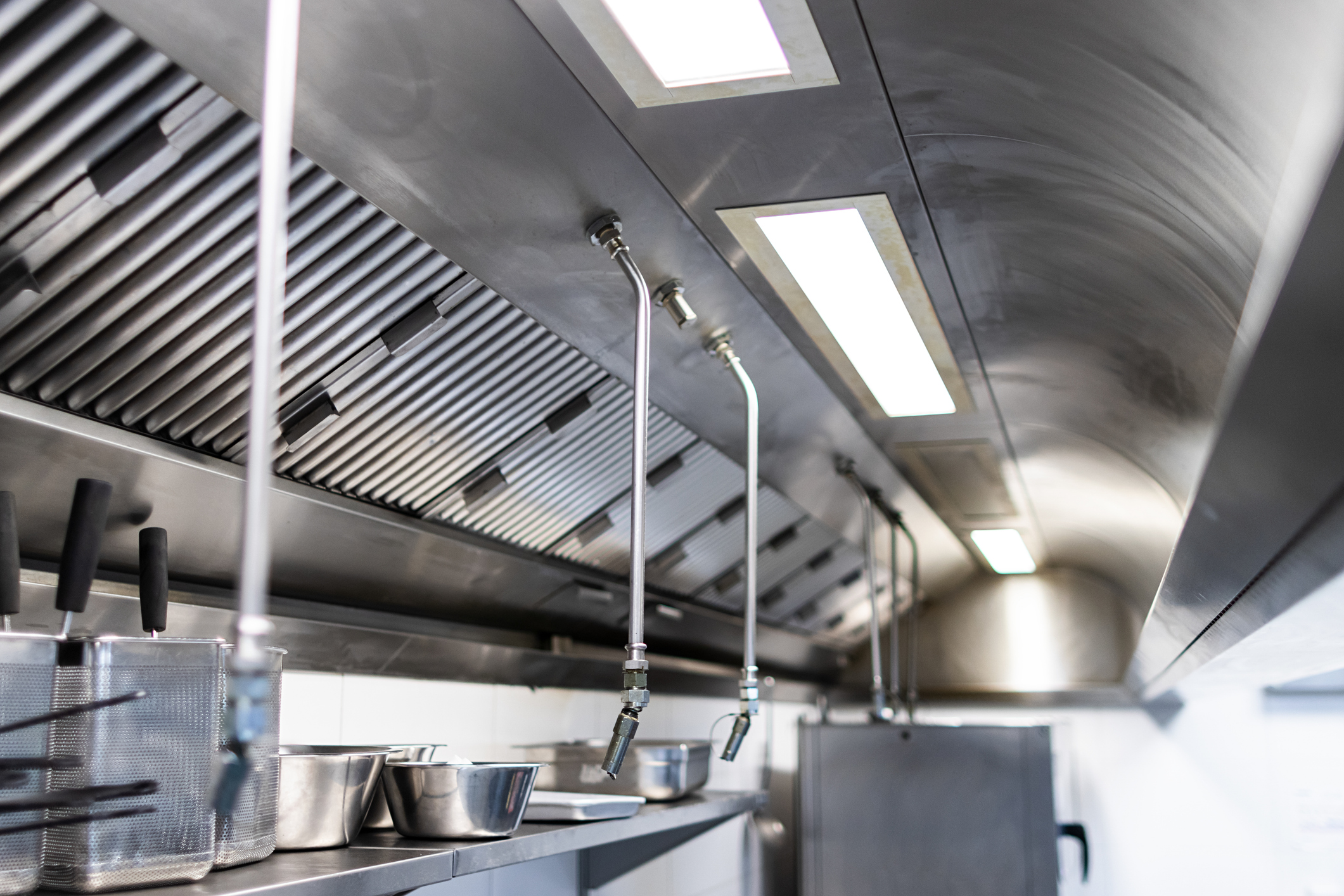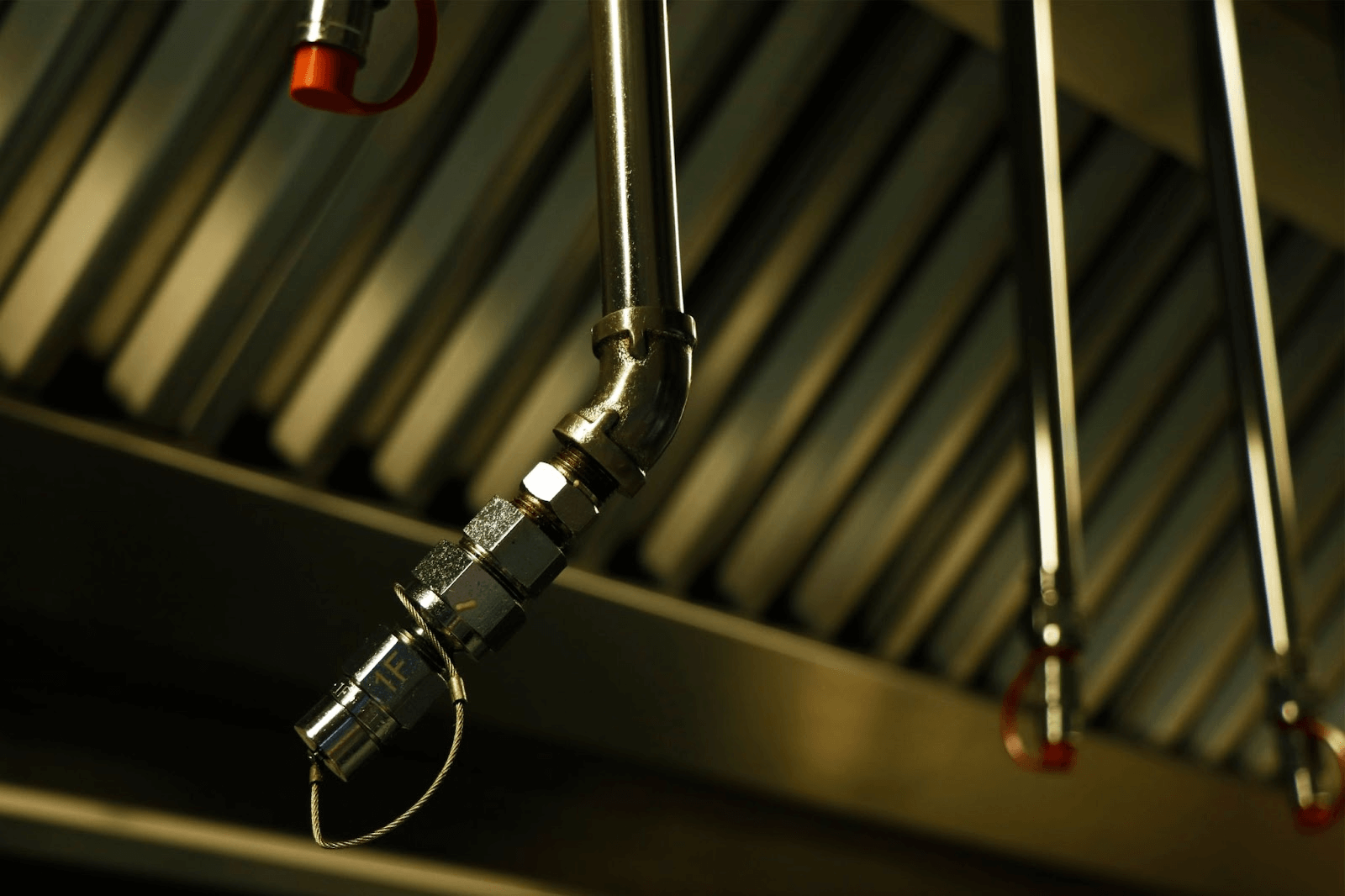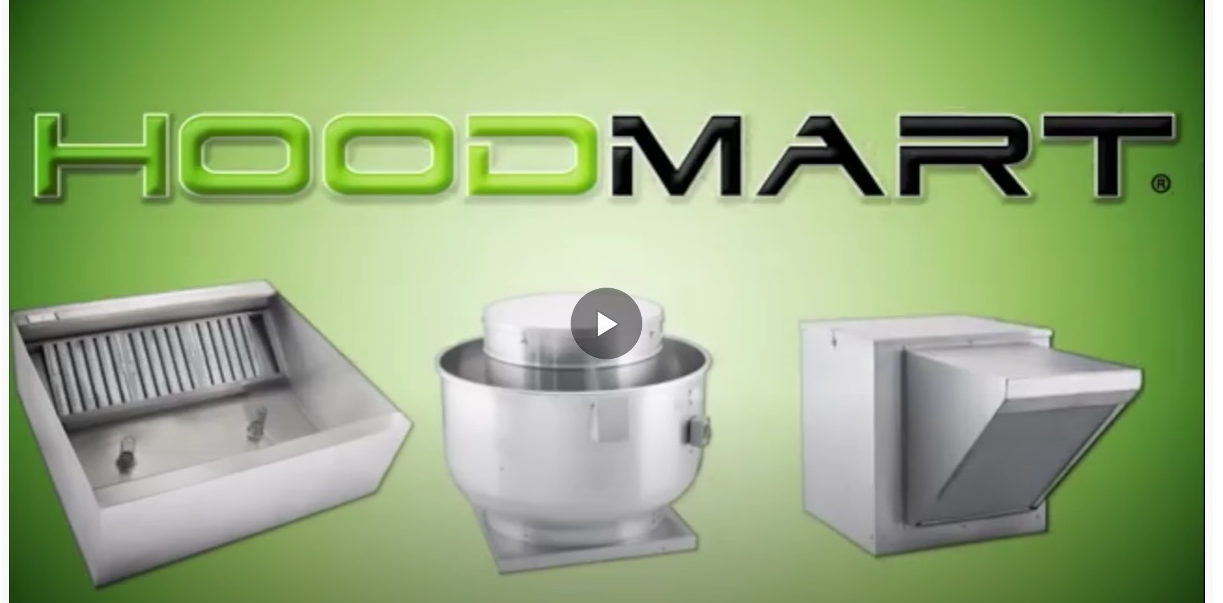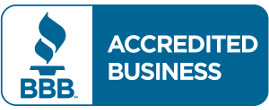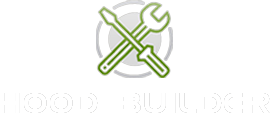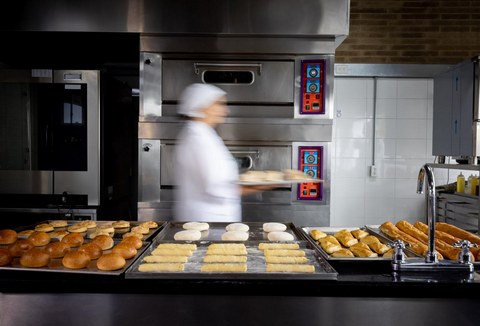
Introduction
A commercial kitchen hood is crucial in maintaining a safe and comfortable environment in a bustling restaurant kitchen. But with various options, choosing the right hood for your restaurant can take time and effort. So the experts at Hoodmart put together this comprehensive list to walk you through critical considerations and help you select the perfect commercial kitchen hood for your restaurant's unique needs.
Assess Your Kitchen Layout and Size
Begin by evaluating your kitchen's layout and size. Consider the available space, the size and configuration of cooking equipment, and the overall airflow requirements. These factors will determine the type and size of hood you need.
Understand Local Codes and Regulations
Familiarize yourself with local building codes and health department regulations regarding kitchen ventilation. Different regions may have specific requirements for hood installation, fire suppression systems, ductwork, and exhaust fan capacity. Ensure compliance with these regulations to avoid potential penalties and ensure the safety of your establishment.
Determine The Appropriate Hood Type For Your Kitchen
Choose the most suitable hood type for your kitchen. The most common commercial kitchen hood types are:
a. Type I Hoods: These hoods are designed for cooking equipment that produces grease-laden vapors, such as fryers, griddles, and charbroilers. They require proper grease extraction and are equipped with grease filters and grease ducts.
b. Type II Hoods: Ideal for capturing heat, steam, and odors generated by non-grease-producing equipment like ovens, steamers, and dishwashers.
Consider Your Hood Configuration
Choose the appropriate hood configuration based on your kitchen setup. Common configurations include wall-mounted hoods, island hoods, and proximity hoods. The configuration should align with your cooking equipment's location and your kitchen layout's design.
Evaluate Airflow and CFM Requirements
Calculate your hood's required airflow and cubic feet per minute (CFM). CFM determines the amount of air the hood can exhaust. Factors such as the type of cooking equipment, volume of cooking, and kitchen size will influence the CFM needed. Ensure the selected hood has adequate CFM to remove heat, odors, and contaminants from the kitchen.
Assess Fire Suppression Requirements
Consider the need for a fire suppression system in your kitchen hood. Depending on your cooking processes, local regulations may require an automatic fire suppression system to mitigate the fire risk.
Evaluate Hood Material and Construction
Choose a hood made of high-quality, durable materials such as stainless steel. Stainless steel hoods are easy to clean, resistant to corrosion, and comply with hygiene standards. Consider the thickness of the steel and the quality of construction to ensure longevity and reliability.
Look for Energy Efficiency
Opt for energy-efficient hood systems that can help reduce utility costs. Features such as variable speed controls, demand-based ventilation, and efficient exhaust fan motors can contribute to energy savings while maintaining optimal airflow.
Seek Professional Installation and Maintenance
Engage the services of a professional contractor experienced in commercial kitchen hood installation. Proper installation is crucial to ensure the hood functions effectively and complies with regulations. Additionally, establish a regular maintenance schedule to keep the hood in optimal working condition and prolong itslifespan.
Consider Noise Levels
Take into account the noise levels of the hood system. Commercial kitchen hoods can generate significant noise due to the powerful exhaust fans. Proper placement of your fans will help reduce noise.
Seek Recommendations and Consult Experts
Gather recommendations and consult industry experts or kitchen designers who have experience in commercial kitchen ventilation systems. They can provide valuable insights and help you make informed decisions based on your specific requirements.
Budget Considerations
Evaluate your budget and consider the long-term return on investment. While staying within your budget is essential, remember that investing in a high-quality, appropriately sized hood system will contribute to your restaurant kitchen's safety, efficiency, and longevity.
Conclusion
Choosing the right commercial kitchen hood is critical for restaurant owners and operators. By carefully assessing your kitchen's layout, understanding local regulations, determining the appropriate hood type and configuration, evaluating airflow requirements, considering fire suppression needs, and prioritizing energy efficiency and quality construction, you can select a hood that meets your specific needs. Seek professional installation and ongoing maintenance to ensure optimal performance and longevity. With the right commercial kitchen hood in place, you'll create a safer and more comfortable environment for your kitchen staff and enhance the overall efficiency of your restaurant operations.
Remember, it's always advisable to consult professionals and experts to address any unique requirements and ensure compliance with local codes and regulations. By investing time and effort into choosing the right commercial kitchen hood, you'll set your restaurant up for success in terms of safety, ventilation, and operational efficiency.
If you have any further questions or require assistance selecting the right commercial kitchen hood for your restaurant, don't hesitate to contact the experts at Hoodmart for personalized guidance and support. Hoodmart has been dedicated to providing top-quality commercial kitchen hoods and ventilation systems tailored to your specific needs since 1987.



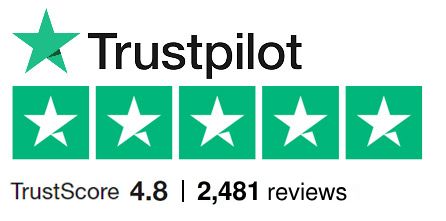




 CUSTOM FABRICATOR
CUSTOM FABRICATOR